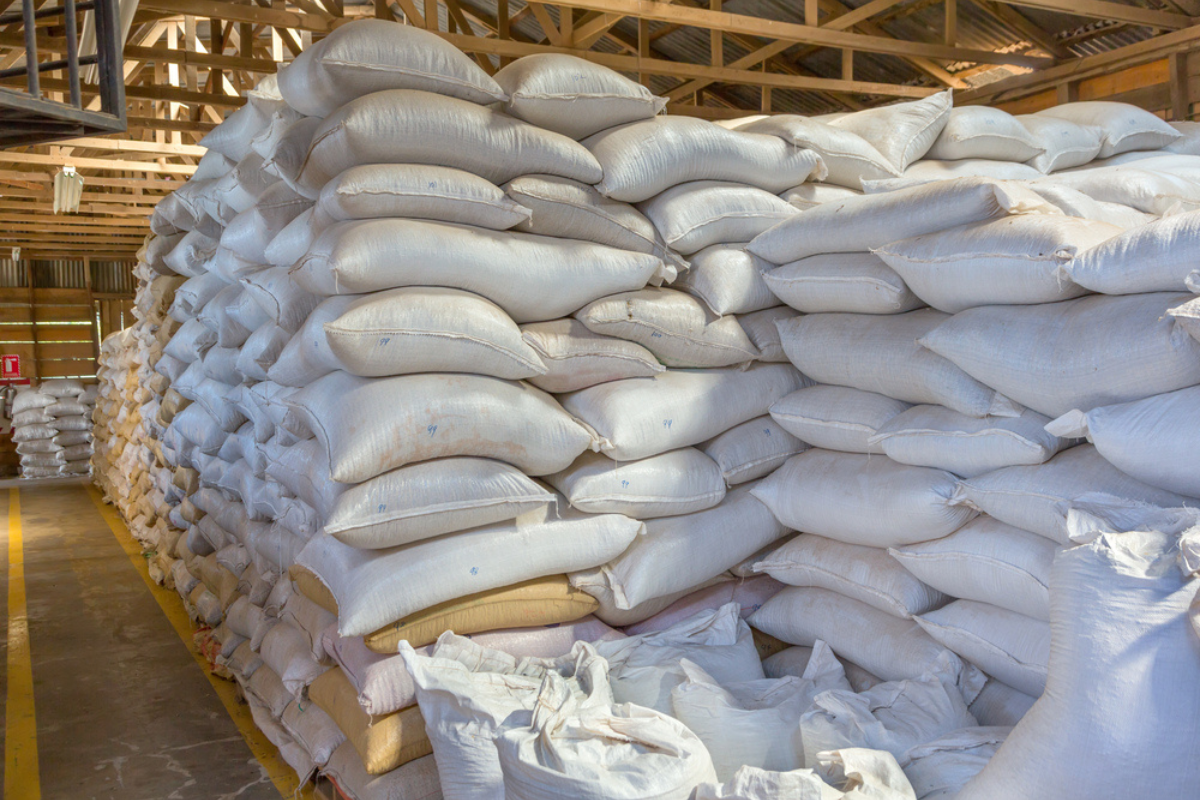From January to October, Brazil’s trade balance reached a record USD 80.2 billion, up 57.2 percent from the same period last year and the highest ever, driven by a significant increase in agribusiness shipments that offset the drop in commodity prices. The record soybean harvest already accounts for 17 percent of all Brazilian exports this year.
Year-to-date, export volumes in agriculture and extractive industries (mainly oil and iron ore) have risen by 21.1 percent and 20.9 percent, respectively. In contrast, the output of the so-called transformation industry (fuel oils and soybean meal, among others) fell by 0.9 percent. The decline in monetary value was even greater, at 3.2 percent.
The drop in exports is contributing to a further decline in the country’s industrial production. Fresh data released today by Brazil’s statistics institute IBGE shows that the sector’s output is practically back to square one. In a win-some-lose-some mode since the beginning of the year, the sector grew just 0.1 percent in September from August, which means stability. For the quarter ending in September, the result is zero.
The reading is that the record results that the country’s trade balance has presented month after month have done nothing to reverse the process of Brazil’s export portfolio’s return to dependence on primary goods. No wonder that the sector is the biggest defender of the tax reform under discussion in the Senate.
The external and internal pressures acting against the industrial sector lead to projections of a stagnant or even weaker sector by the end of the year. These pressures are mainly due to the global economic slowdown, particularly in China, and to Brazil’s high interest rates, despite the new cycle of cuts initiated by the Central Bank at the beginning of August. Capital goods and durable consumer goods are highly sensitive to interest rate movements.
The decline in industrial production in September was widespread, affecting three (capital goods, durable and non-durable consumer goods) of the four main economic categories monitored. Only intermediate goods rose, by 0.3 percent from August and 1.2 percent from last year. As this category represents 55 percent of the sector, it was crucial for the stable result in September.
The results of the trade balance on the import side also show the weakness of the industrial sector. Import volumes are slightly below 2022 levels (-2.7 percent), while in terms of value, the country’s purchases are down by 12.2 percent, as the prices of the import basket are also lower by 8.8 percent.
Moreover, the biggest drop in imports was in intermediate goods (-16.1 percent) — Brazil imports about 90 percent of the intermediate goods it consumes, which is a sign that the economy is still going slow despite the better-than-expected GDP results in the first two quarters.


 Search
Search






































